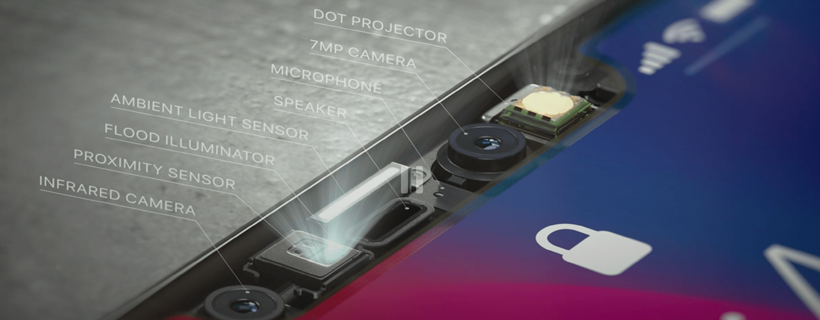Optical products and laser manufacturer II-VI announced on Friday that it will purchase its competitor Finisar for $3.2B. II-VI and Finisar both produce optical communications products sold mainly to telecom companies and datacenters. These two companies are also Apple’s 2nd and 3rd largest suppliers of VCSEL arrays — behind Lumentum — for augmented reality applications.
- Both II-VI and Finisar derive less than 10% of their revenue today from selling VCSEL arrays. The majority of their revenue comes from their optical communications businesses. While 3D sensing products account for a small percentage of revenue today, we see the growing market for augmented reality, LiDAR, and automotive applications driving that percentage of their combined business to 30-45%.
- The increase in their VCSEL business should come as more smartphone makers include the 3D-sensing modules on devices. We expect Apple, starting in the fall of 2020, to include a world-facing (back of the phone) module on the iPhone, which means each device would include 2 arrays (front and back).
- We estimate that II-VI and Finisar combine for about 15-20% of Apple’s VCSEL array supply, with the balance coming from Lumentum. Apple is going from three suppliers to two, which may mean more pricing power on the supply end, but the consolidation of competitors may lead to less pricing competition. We don’t see a material effect on the input cost for Apple.
- Apple had previously invested (via a prepayment for orders) $390M in Finisar and the company recently built a 700,000 square-foot manufacturing facility in Sherman, TX to expand VCSEL capacity.
- A VCSEL array is estimated to cost Apple ~$5. On a total bill of materials of ~$475 ($792 ASP at 40% gm), the module makes up just over 1% of the input cost.
Bottom Line for Apple and AR
Augmented reality will be an increasingly important smartphone technology. The supply of low-cost, high volume 3d-sensing hardware should be in tight supply in the coming years, and Apple has secured good relationships with the top two suppliers (Lumentum and II-VI/Finisar combination). This affords them a competitive advantage as it allows Apple to build more AR-enabled phones at a lower cost.
Disclaimer: We actively write about the themes in which we invest or may invest: virtual reality, augmented reality, artificial intelligence, and robotics. From time to time, we may write about companies that are in our portfolio. As managers of the portfolio, we may earn carried interest, management fees or other compensation from such portfolio. Content on this site including opinions on specific themes in technology, market estimates, and estimates and commentary regarding publicly traded or private companies is not intended for use in making any investment decisions and provided solely for informational purposes. We hold no obligation to update any of our projections and the content on this site should not be relied upon. We express no warranties about any estimates or opinions we make.
